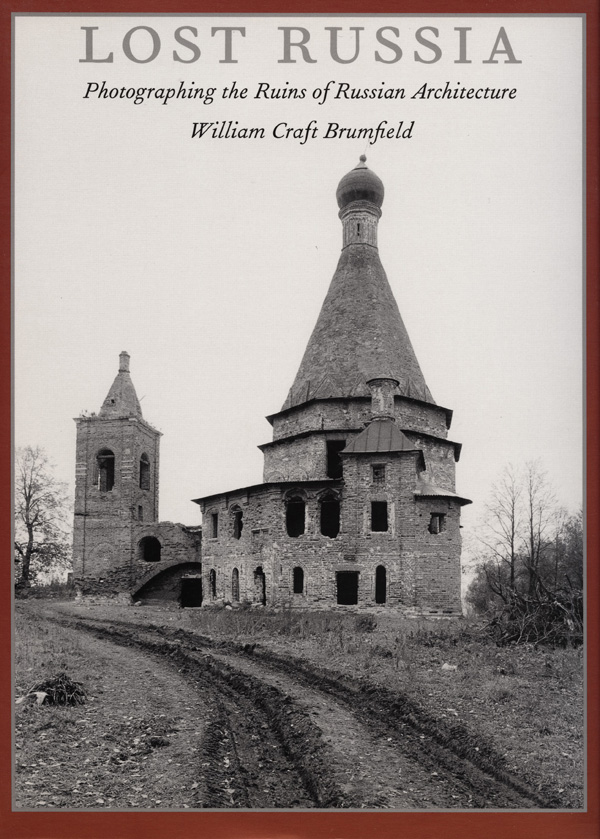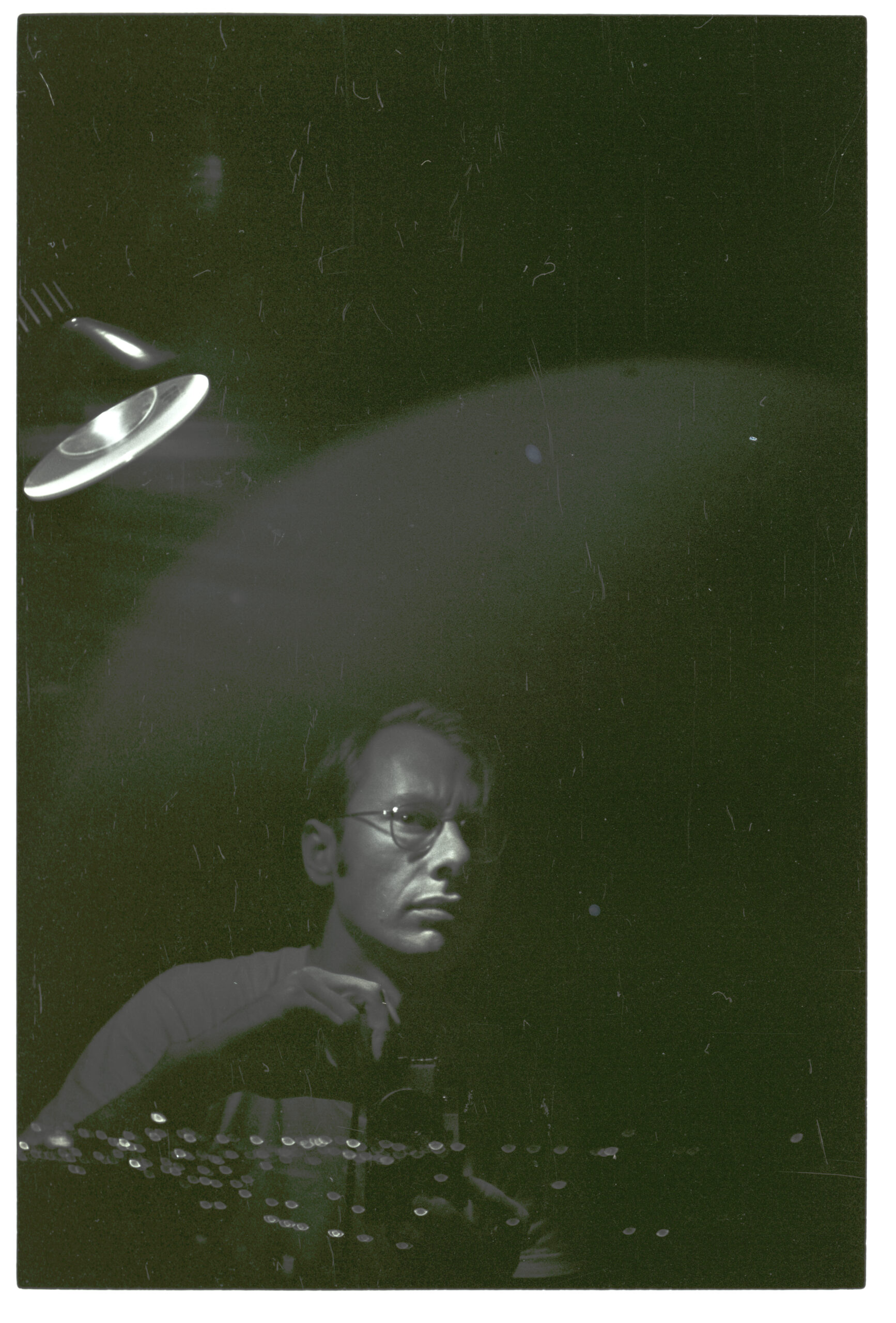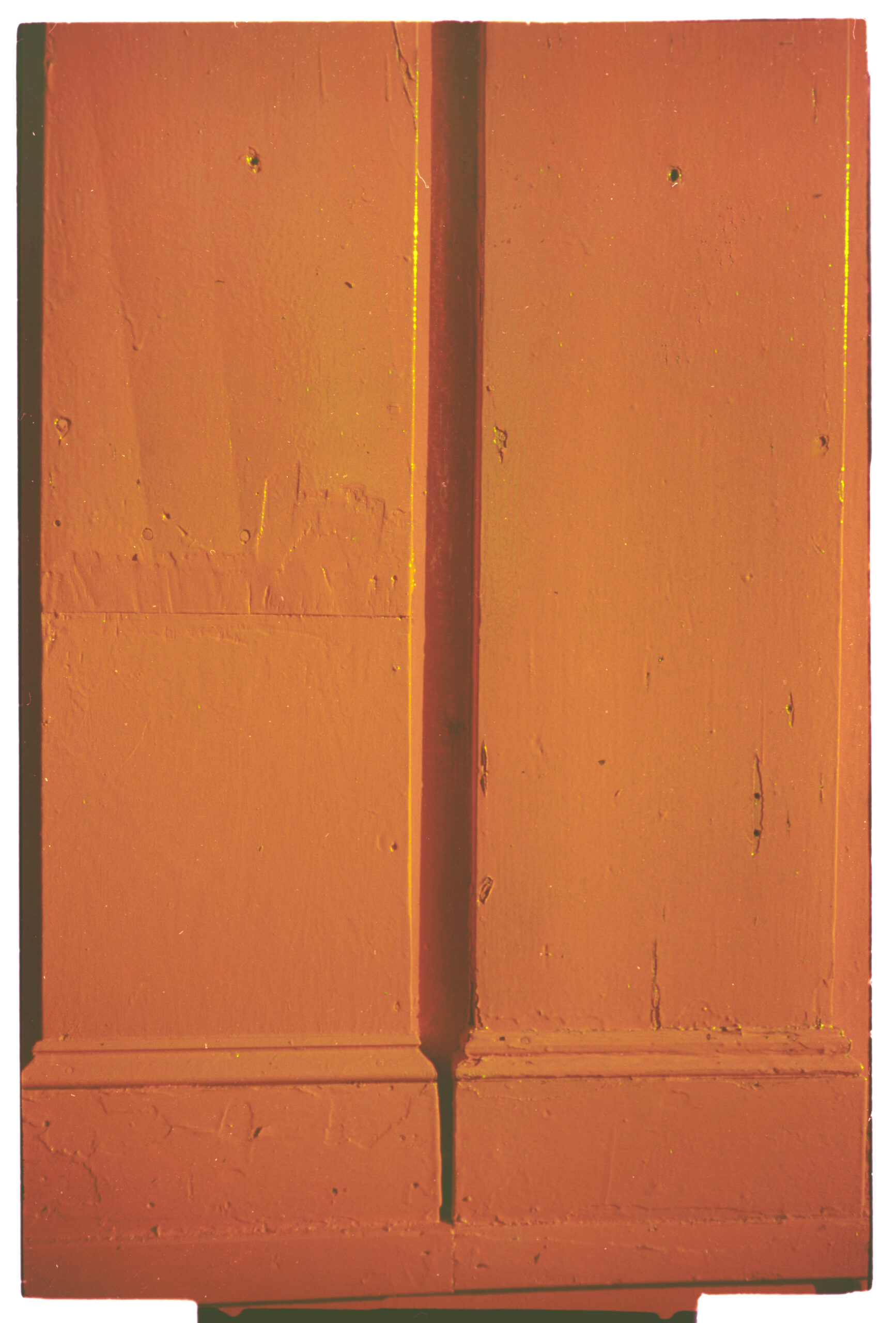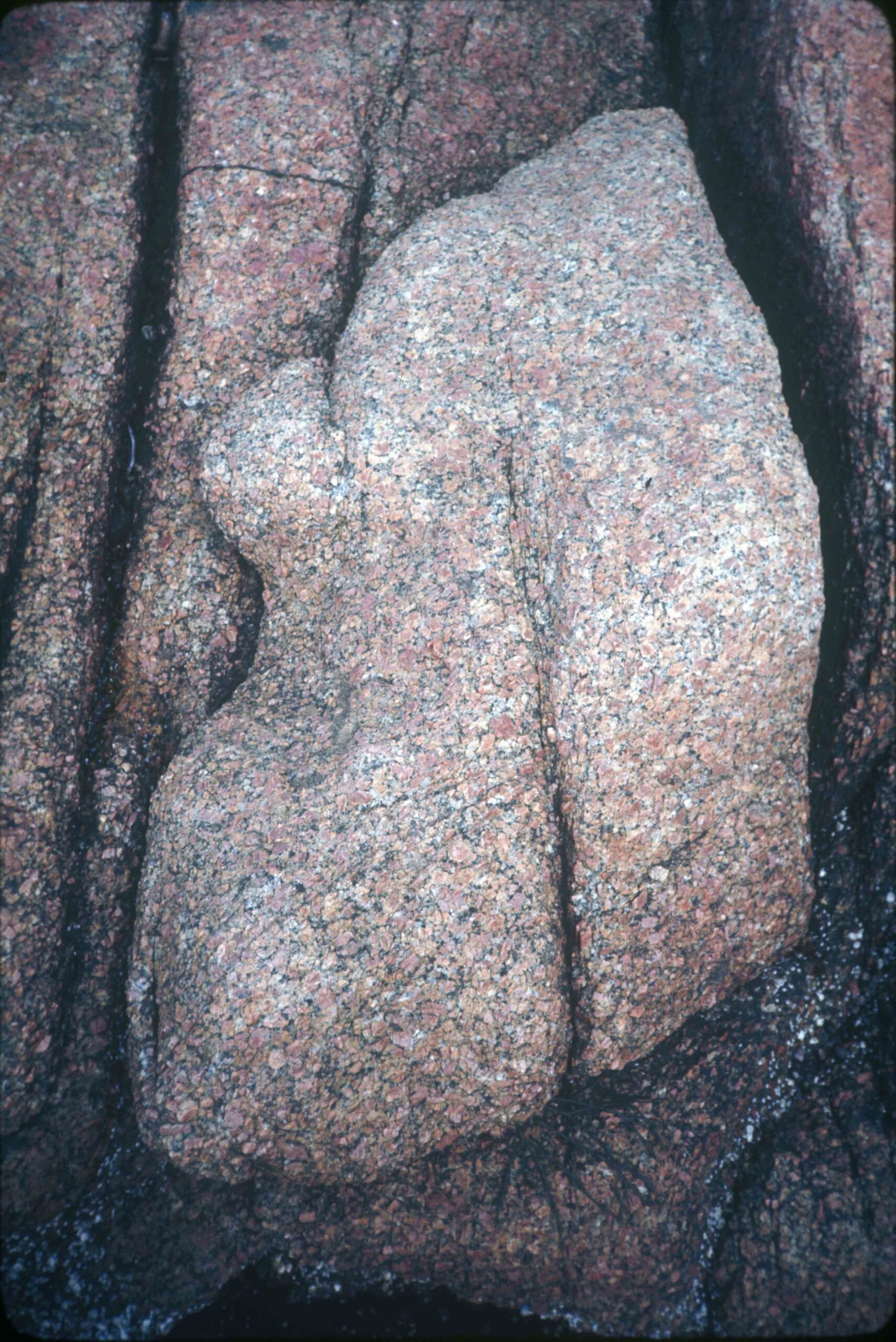LOST AMERICA
About William Brumfield’s Lost America
Lost America is based on a conviction that the photography I did in this country primarily in the late 1970s is compelling as a vision of stress points and loss in American society (for example, derelict buildings and defiant street murals in Roxbury; radical political rhetoric on abandoned radical posters within a privileged setting in Cambridge) At the same time these images express my exploration of the formal and textural possibilities of photography. The places range from southeastern Louisiana to the coast of Maine, and most of the objects (building, signs, etc.) have long since disappeared. This is not a documentary project, it is not “about” the places photographed. The images are rooted in a specific time and place, but their value rests upon the peculiar, alienated vision that finds the aesthetic in de-aestheticized spaces – ruined buildings, abandoned shop windows, surfaces with ripped and layered political posters, their words decontextualized, recontextualized by unintended, random juxtapositions. There is no historical explanation, the project is not about documenting American architecture. There is no text to which the photographs are an illustration. Any narrative is meant to follow from the properties of the photographs themselves.
Ruins have a long pedigree in Western art, a feature that I used to symbolic and aesthetic effect in Lost Russia: Photographing the Ruins of Russian Architecture. In Lost America, the ruin is not intended as part of a historical narrative, but a meditation on being. There is a sense of what was, but the image of ruin here also exists as a formal study with the power to intrigue, to challenge. The photograph can fix a certain space at a certain time. (Dudley Square in Roxbury during the late 1970s is a prime example.) Yet my intention in the photograph is to transcend that time, to focus on what the image itself has become.

Select from the collections below.
Roxbury/ Boston
Cambridge
Southern Pain(t)
Three Places in New England
Archean Motifs
Lost America
William Brumfield
Why “lost America”? Having dedicated a profession to the study of Russian culture and the photographic documentation of Russian architecture, am I to turn my camera on my native land? Indeed, I took the photographs in Lost America over forty years ago, at the end of the 1970s, primarily in Cambridge and Roxbury, a Boston district known as a center of African-American culture. What compels this resurrection of fragments from my distant, agitated past at Harvard University? Why return to the shadows, palimpsests and vigorous colors of places that have since been radically transformed? More on that below. Of one thing I am certain: without Russia—and “lost Russia”–my “lost America” would not exist and could not have existed.Over two decades ago I published a book entitled Lost Russia: Photographing the Ruins of Russian Architecture (1996, Duke University Press). The book was closely related to an exhibit of black-and-white photographs entitled Lost Russia at the Duke University Museum of Art. The elegant book won a design award, and the exhibit traveled to several museums, including the New Orleans Museum of Art. Recently the book was republished in a twentieth-anniversary edition. “Lost America” is a response to Lost Russia, but they represent different concepts. I should emphasize at the beginning that “Lost America” is not intended as a documentary project. It is an aesthetic vision shaped by time and place yet taking its existence from the visual quality, the power of the photographs in a landscape of desolation.
To understand my summoning of “lost America,” we should understand the genesis of Lost Russia, based largely on photographic work that I did in September and October 1992. At that time, I had a fellowship at the National Humanities Center and had received another grant to complete the photography for Priscilla Roosevelt’s book Life on the Russian Country Estate (Yale University Press, 1995). With the help of Dmitrii Shvidkovskii we were able to traverse the landscape of neglected country estates in the Russian heartland.
Memories of that extended trip remain a haunting presence. A seemingly immutable Soviet power structure had faded just months before, and a new system was precariously in place. The country as I saw it that autumn existed in a form of purgatory, coping on an ad hoc basis. Churches were beginning to be restored, but in general the country had little time or resources for architectural monuments. Yet even in their twice or thrice-abandoned state, I found these monuments possessed of an evocative, lyrical beauty. At the conclusion of the book, I noted a Southern connection with my Russian photography: “Ghosts along the Mississippi” and Lost Russia. Abandoned mansions of the American South and of post-Soviet Russia. The depiction of ruins has a long tradition in Western art—literature as well as painting, As William Wordsworth knew (“Lines written a few miles above Tintern Abbey”), the poetic landscape stimulates reverie on fate and change. The poetry is in the perception of the “still, sad music of humanity.” In the post-bellum South, ruins have played that role, at times to the point of cliche. The ruins of monumental buildings raise questions about the destinies of individuals and societies that have fundamentally changed, that are longer intact.
Copies of the book Lost Russia made their way to Moscow, and I found that some colleagues were puzzled by the title. In what sense did I think that Russia was “lost”? To an extent the intention of my title had been “lost in translation,” yet their reaction led to a reexamination of the questionable use of the term “loss” in referring to a nation’s culture. My primary intention, suggested in the subtitle, referred to abandoned, forgotten architectural monuments in areas beyond the major cities. Often ruined by neglect or vandalism, these churches and estate houses evoked earlier periods in Russian history in their still visible stylistic details.
Yet for some Russian colleagues, another implication of the title surfaced: “lost” implied the sense of Russia adrift, a country that had lost its bearings in a new geo-political order. Institutions that seemed unassailable or impervious to change suddenly lacked direction. In this view a book on abandoned or ruined monuments suggested a larger crisis that applied to the country as it sought an identity after 1991. That had not been my intention, and although surprised, I was stimulated by this interpretation to reexamine the role of abandonment in my photographs.
These complex associations arising, ramifying from the use of the single word “lost” suggest that there are moral questions within the aesthetics of ruins. Nonetheless, I would insist that the aesthetic holds its own, especially with the Lost America photographs–the power of form in tandem with the power of content. even with attempts to contextualize the images, to relate them to external, determining factors, visual strength powers the existence of these vibrant, abrasive images,
New Orleans, 2022
Commentary
In the retina-searing, post-apocalyptic vision of Lost America, William Brumfield excavates, with a penetrating and prescient eye, the substrate of lost dreams, lost hopes, and lost promise of a historical moment that was a tipping point between national aspiration and despair. His pensive, probing images of ephemeral elements of the urban and rural landscape are meticulous meditations on the American Dream in the process of dissolution. Elegiac, never more timely than at present, they reflect the legacy of that vanished America.
— Lena Lencek, Professor of Humanities, Reed College

Web Design by Macy King





